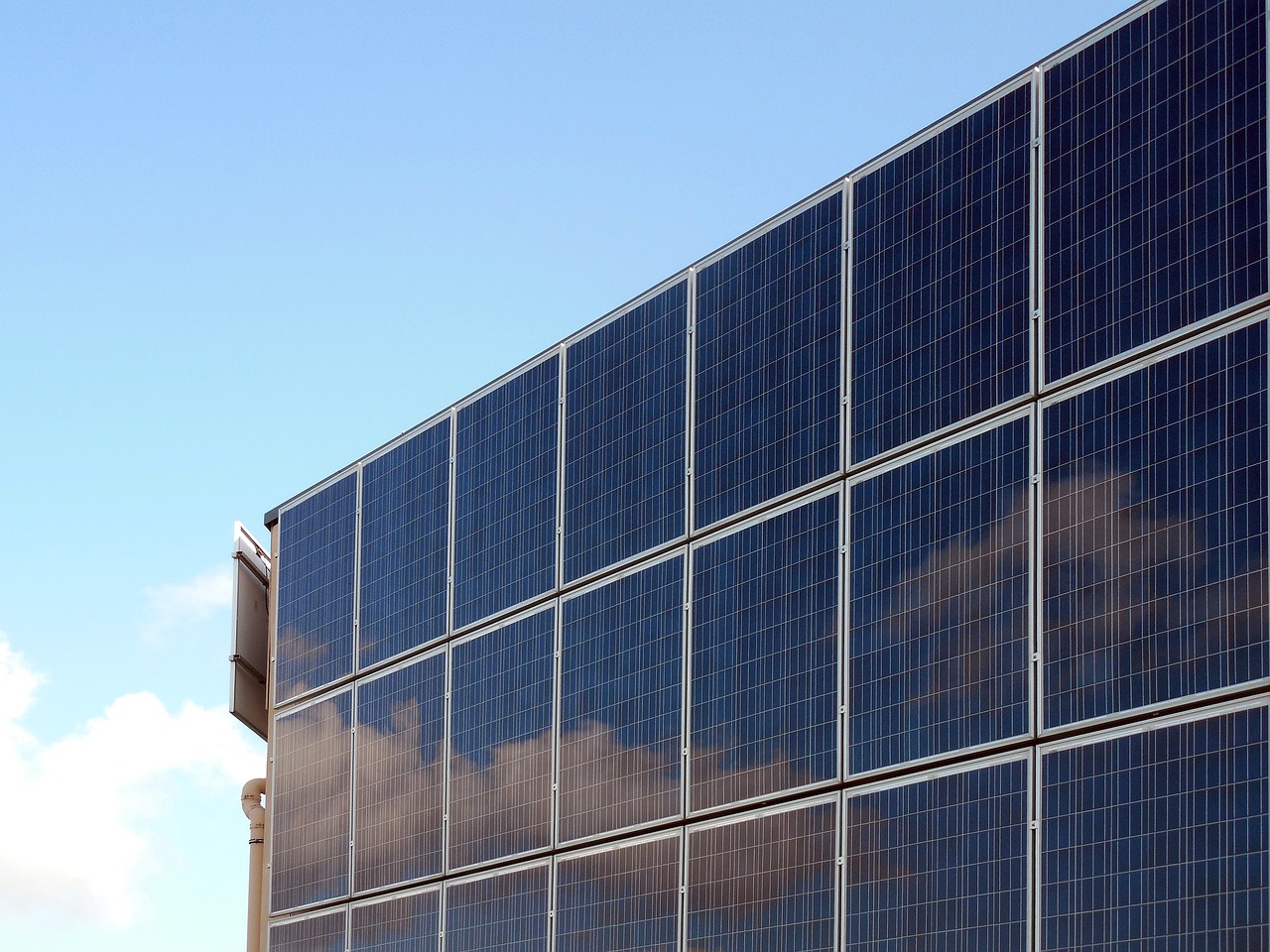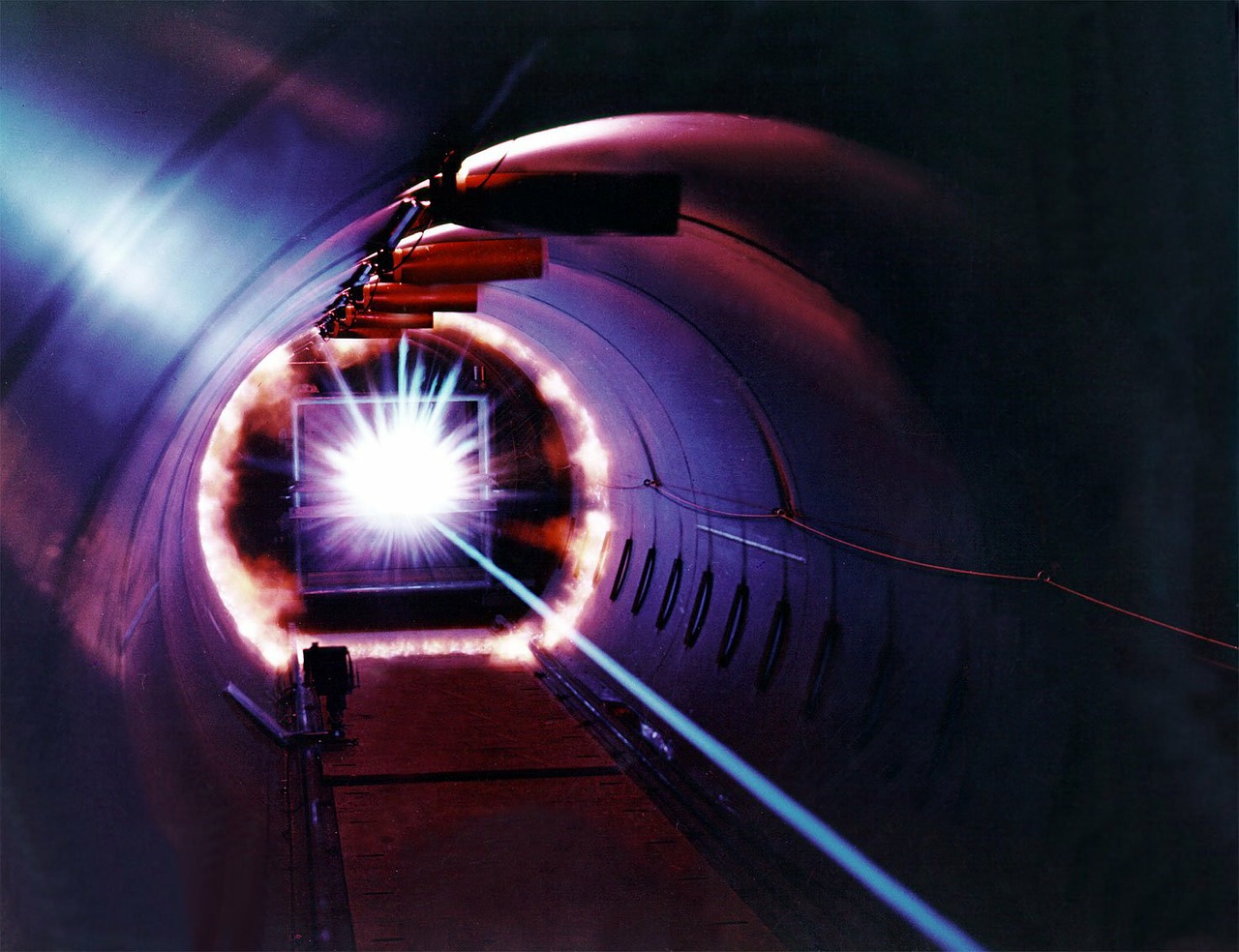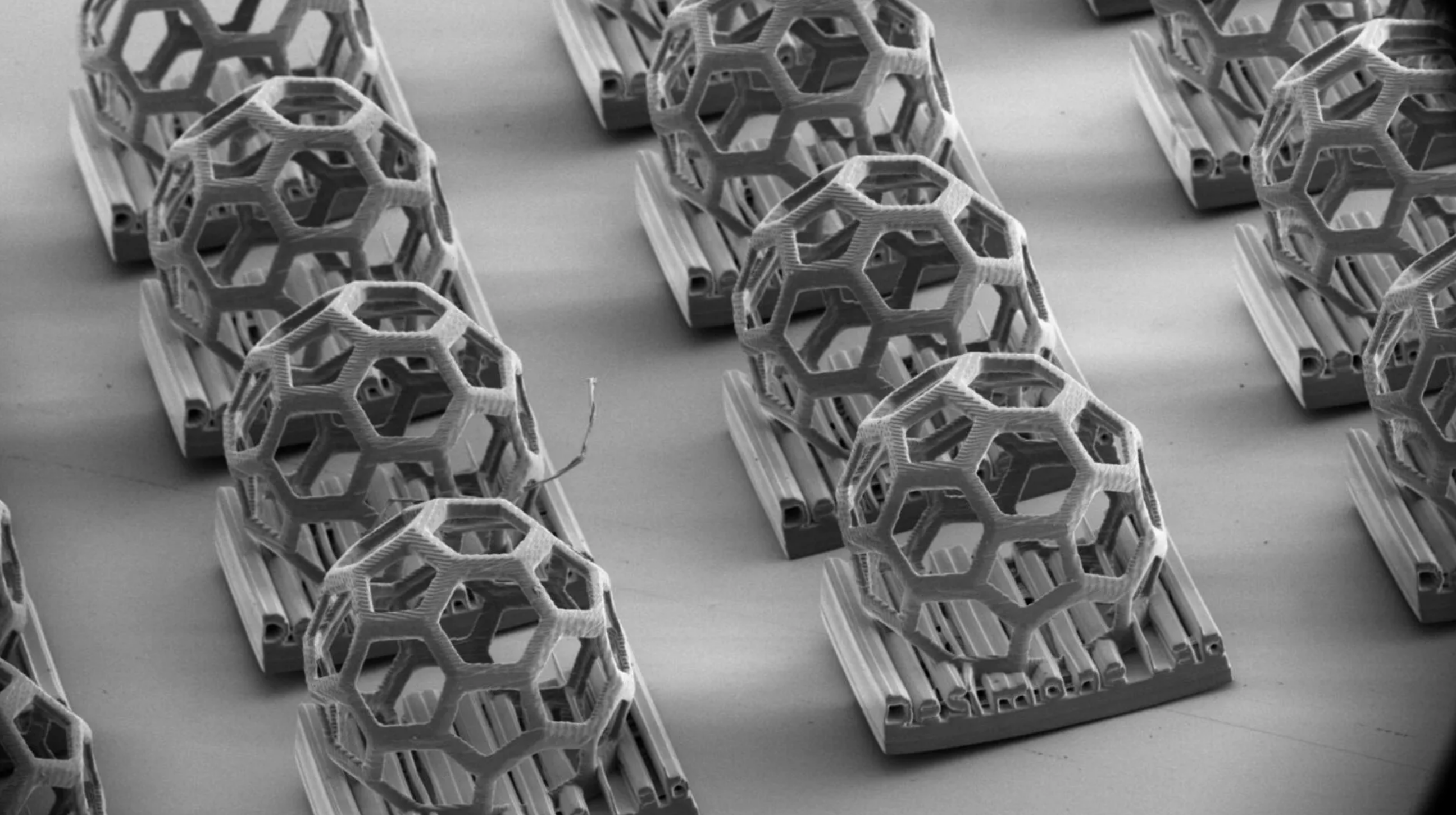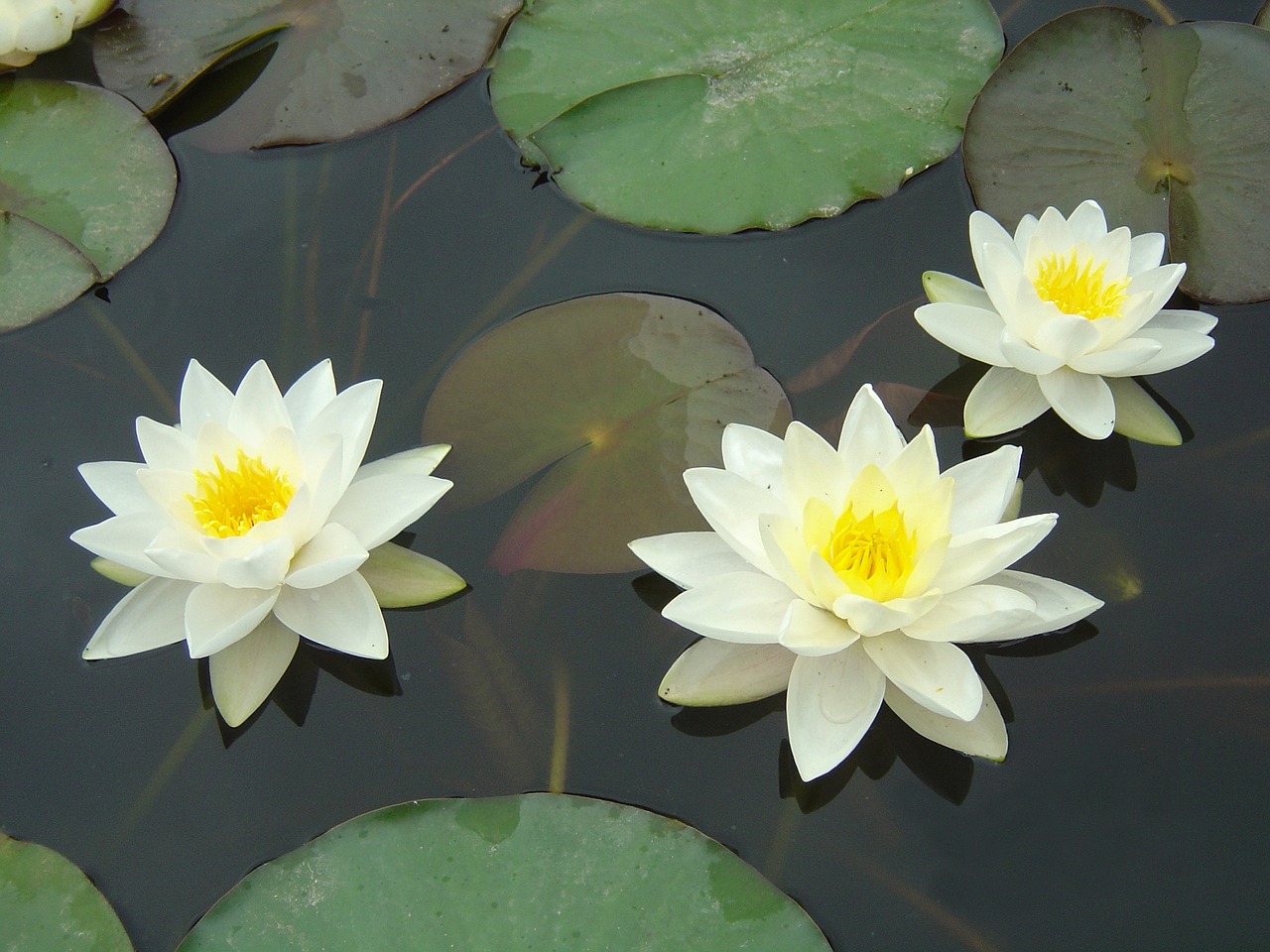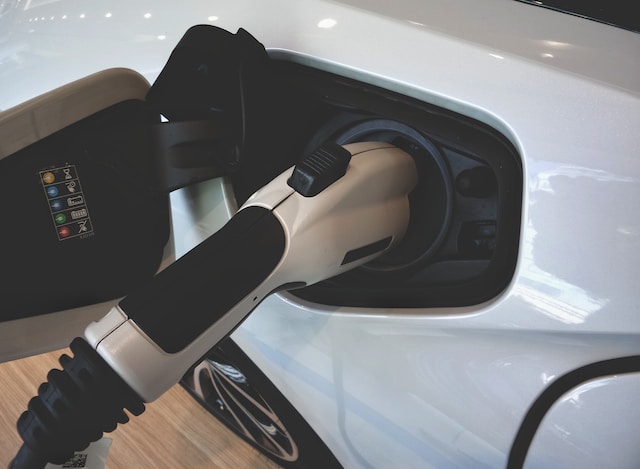There are many ways to cool down photovoltaic (PV) panels that are “frying” under the Sunlight, so finding out which one is the best is key. An international team of scientists from Russian, Malaysian, and Indian universities have decided to test them all, and to see how well they fare considering their effectiveness, special conditions, and the cost.
Separating the methods into two categories, the active and the passive, the comparison was done between methods of the same type. So the following methods were explored and evaluated from every angle:
- Water flow cooling
- Liquid immersion/submerging
- Air-channel cooling
- Conductive/phase-change cooling
- Heat pipe
- Heat sink
- Fins (extended surfaces for heat exchange)
- Radiative cooling
- Micro-channel cooling
- Nano-fluid cooling
- Refrigerant-based cooling
- Thermo-electric cooling
- Evaporative cooling
- Spectrum Filter/Beam split
- Hybrid cooling
The winner of the active cooling solutions was water flow cooling, while for passive systems, air-channel cooling was deemed the better choice.
Of course, many factors come into play like the temperature of the water that’s used for PV cooling. In the case of the air channeling, natural convection may be inadequate to cool down the modules at the required level if the atmospheric air is already hot.
For restaurants, hotels, and process industries that generally need hot water, using water-based cooling solutions is the ideal choice. Also, water is cleaning the panels from dust and debris, so it has a dual purpose if it’s used in open-circulation systems. This water cannot be used by people directly, but it can be recovered for watering agricultural crops for example. Similarly, air cooling can be used for secondary purposes like space heating, as moist air has significant heat capacitance.
In conclusion, the simplest cooling methods seem to be the best, even if every case is different and all cooling methods have an ideal use-case scenario where they fit like a globe. Thus, if you’re looking to cool down your PV farm, begin your research by considering water and air cooling first.

